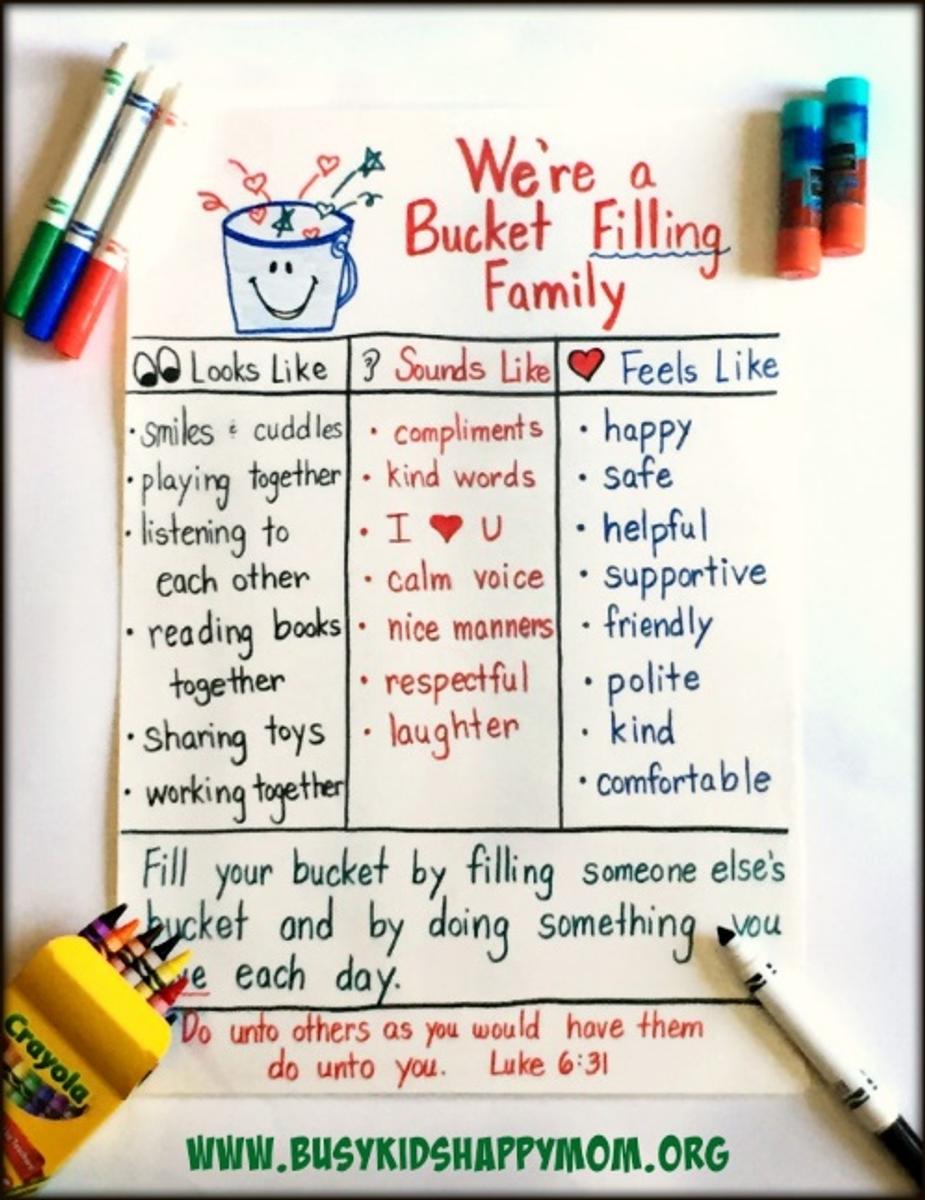Wellbeing Report
Andre Campbell

Wellbeing Report
Andre Campbell
We are now digging deep while we are living in Level 4 Restrictions and we hope you are taking the time to nurture yourselves and your families. Please reach out to others for support if you are needing it and let us all play a positive role in getting through this.
The staff are checking in with families and this may be the offer of wellbeing strategies/resources, food hampers, possible learning packs or just a phone call to hear how you are all coping. If you are interested in getting one of our Wellbeing Toolbox Wellbeing hardcopy packs please call the school.
Every family now has access to their own Happy Families membership which gives you access to a number of resources which will help families, staff and students to thrive. There is a library of parenting resources which offers calm assurance, direction and solutions you can try out on your families. Some of the topics covered are-
Click on the link to join- Happy Families Premium Parent Membership.
Be a Bucket Filler Instead of a Bucket Dipper!
To help maintain wellbeing, feeling well and happy can be boosted by doing things for others. Everyone has an invisible bucket that can be “filled” or “dipped into” depending on our behaviour. Have you heard of the expression “random acts of kindness”? Being kind, giving care, support and comfort to someone else actually brings great benefits to the giver. Try planning some small things you could do to boost the happiness of someone as a way of keeping yourself strong, resilient and happy.


Dealing with Worries
Encourage your child to take some slow, deep breaths to calm the physical effects of anxiety. Practice together by breathing in for three seconds, holding for three seconds, then out for three. Once they're feeling a bit calmer, you can talk through what's worrying them.
Try creating a daily ritual called ‘worry time’, and encourage children to draw or write down whatever’s bothering them. You can make the activity a bit more fun by decorating a ‘worry box’ or building a ‘worry wall’ out of post-its. When the time is up – after 10 to 15 minutes – shut the worries up in the box or tear them off the wall and say goodbye to them for the day.
Encourage Positive Thinking
Kids often get stuck on the worst-case scenario or 'what ifs' in any situation. You can help them shift these thinking patterns by: reminding them of times they've dealt with similar issues in the past and how things worked out okay
Model Helpful Coping
Don’t just tell your child how to overcome emotions, show them. When you get anxious or stressed, verbalise how you’re coping with the situation: “This looks a bit scary, but I’ll give it a go.”
For more great tips check out https://healthyfamilies.beyondblue.
Primary Wellbeing Officer
Andre Campbell

